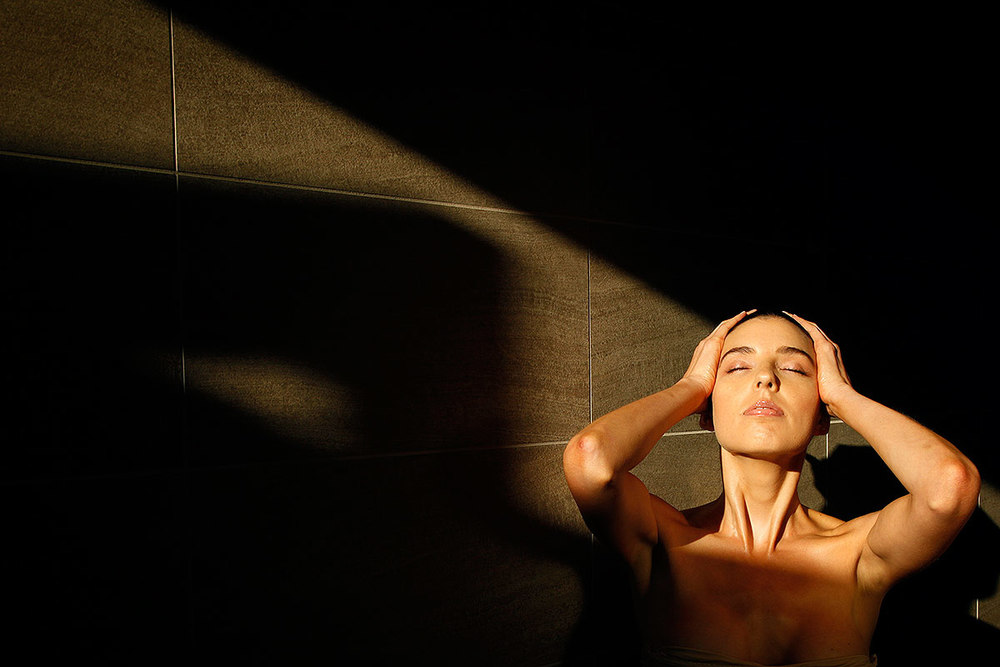Using Light to Help Your Photography
Photographers always talk about the golden hours and beautiful soft natural light that helps them to capture that perfect photo. We’re always trying to find the best lighting for photos for that perfect exposure, but what about those times when we can’t control the lighting. You could find yourself in a situation where you need to take photos, but the lighting isn’t doing you any favors. What then? How can you be prepared for those times and know how to work around the bad lighting? Let’s talk about a few different scenarios where you might experience bad lighting.
Midday Lighting
This is the time of day most photographers try to avoid because midday light casts lots of shadows and is generally a very harsh light to shoot in. \When the sun is overhead, you will get a dynamic range that includes lots of black shadow and white highlights. Often, however, there are some good opportunities for you to take pictures that you normally wouldn’t think of. Shadows and silhouettes abound during the middle of the day, so use them to your advantage. If you don’t like the way that looks in your images, try using fill flash. This can be used to soften shadows and fill your subject with some extra light instead of getting the harsh contrast normally found during mid-day. If you have open shade available, that is the best way to combat harsh shadows. For instance, the shade from a tree cannbe a great way to soften your image. Make sure that you find an areanthat completely shades your subject if you are shooting a portrait so you don’t have half of your subject in shade and half in the sun.
Low Lighting
Low lighting can be found around the evening after sunset when it is getting darker outside or indoors when ambient light is not as strong as mid-day daylight. One of the problems with low lighting is that your photos tend to be blurry or noisy if you don’t approach the image in the right way. Oftentimes we misjudge if there is enough light to take a photo. Shooting at a faster shutter speed will help your photos to stay clear and decreasing your aperture will help compensate for light. You can also adjust the ISO to a higher number, but be careful that you don’t allow too much noise into the image. After adjusting your camera, try standing closer to the light source so there is more light for your camera sensor. If you are indoors and battling with low light, step closer to large windows to use the natural light. Using a flash is an option, but if you can, find other light sources nearby to bring closer to where you are shooting. Also, make sure your camera is steady. Use a tripod if you have one or balance your camera on a stable surface nearby. If you absolutely have to hold your camera, try to work on steadying your arms and hands to minimize the camera shake. When shooting in low light, you also need to be careful about focusing. If your camera is on autofocus and the light is low, the camera will have a hard time knowing what to focus on. Double check where your camera is focusing so you don’t finish the shoot and realize that all your images are out of focus.
Color Cast
When shooting indoors, often your light will cause unpleasant color casts. Lamps turn everything yellow or orange and fluorescents cast your subjects in green. To combat this, set the white balance in your camera before shooting. You can do this by manually setting it using a white or neutral gray card and adjusting your camera’s white balance to fit the specific light. This can be more complex depending on how your camera works, so instead, you could simply use settings already in your camera. The incandescent, tungsten, and fluorescent settings will each help with different lighting situations to eliminate the color casts. You can also fix color casts in post processing if you still need to correct your white balance. I’ll talk about this more in detail in an upcoming blog post.
I hope this helps you approach situations with bad lighting and learn how to shoot well and capture your subject no matter what is thrown your way.


